

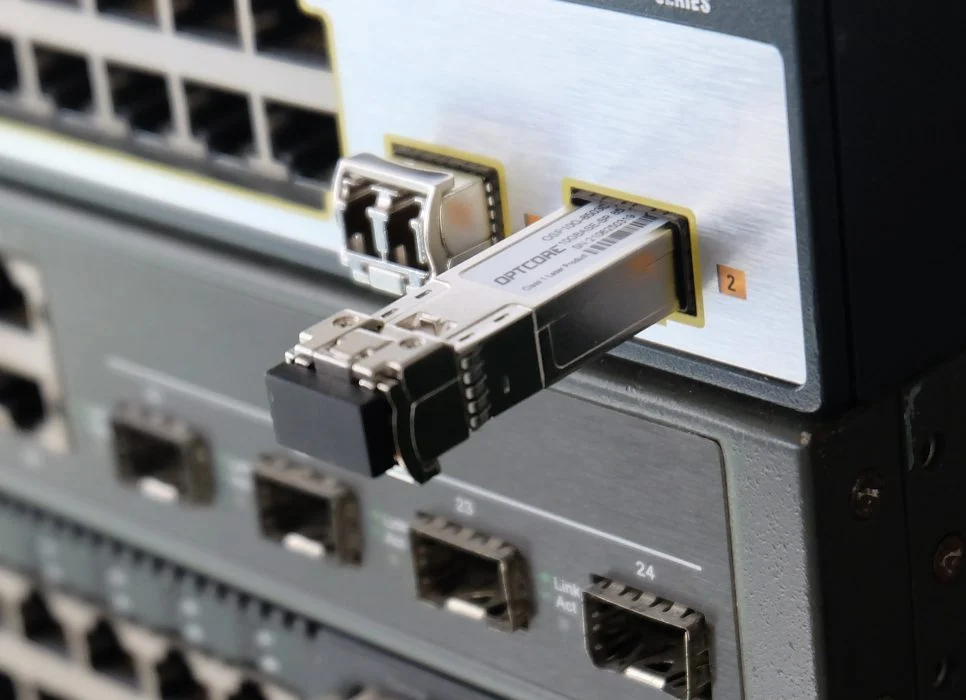


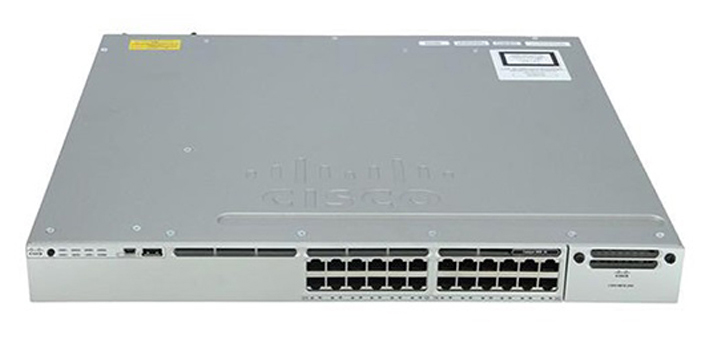
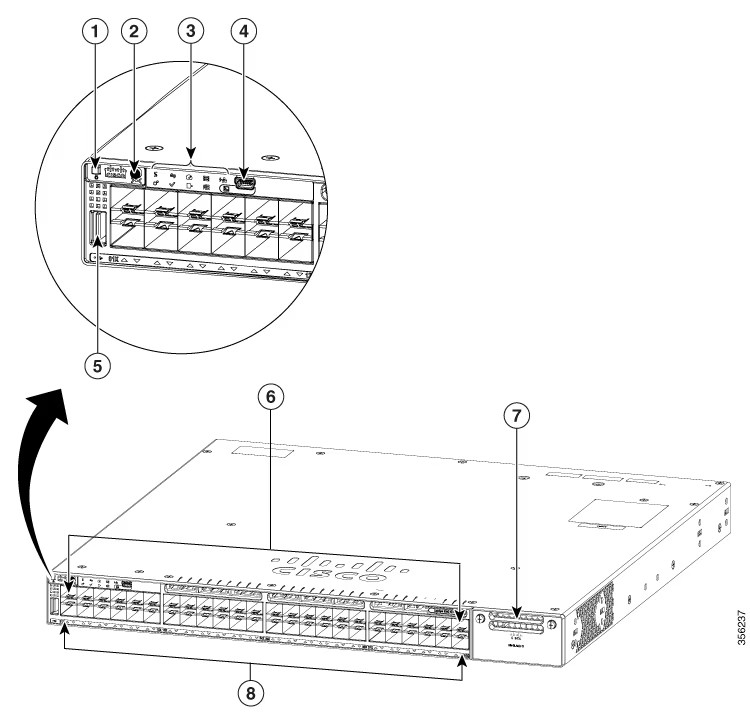

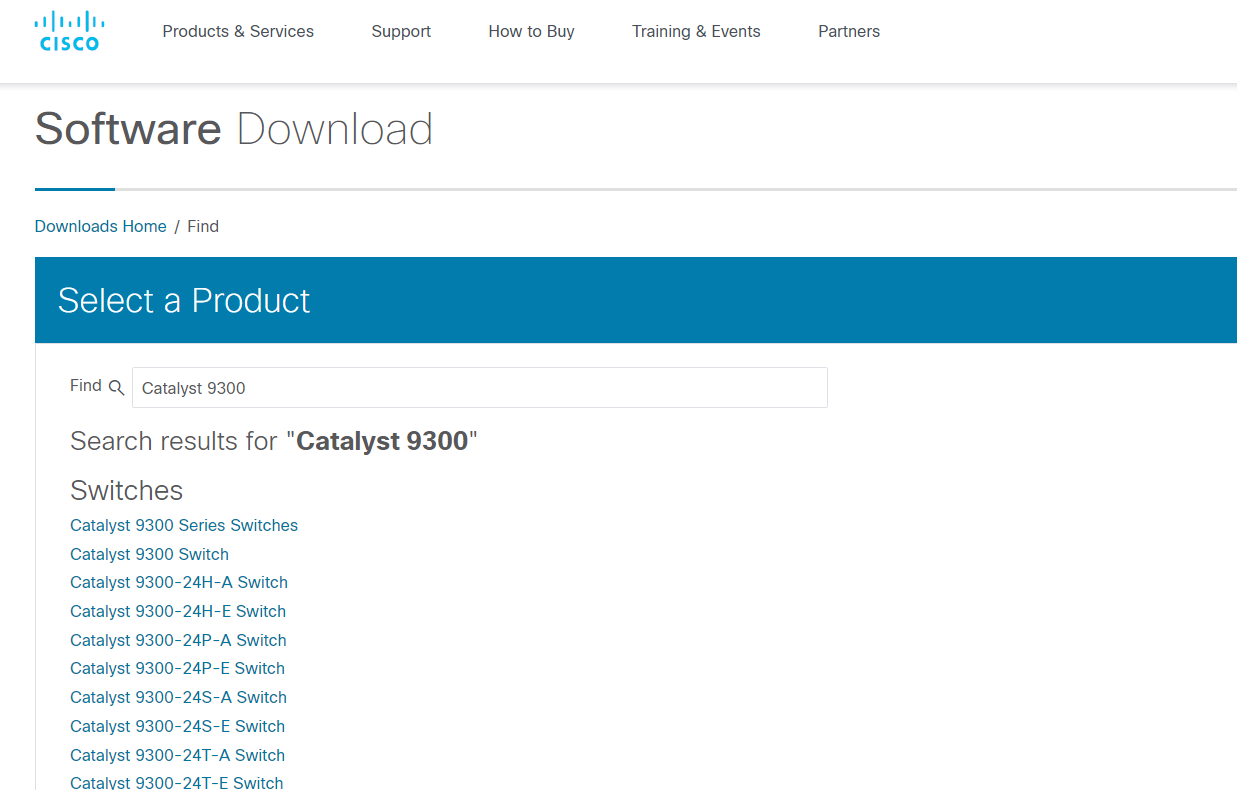
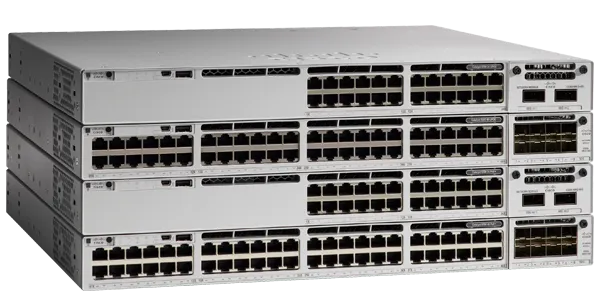
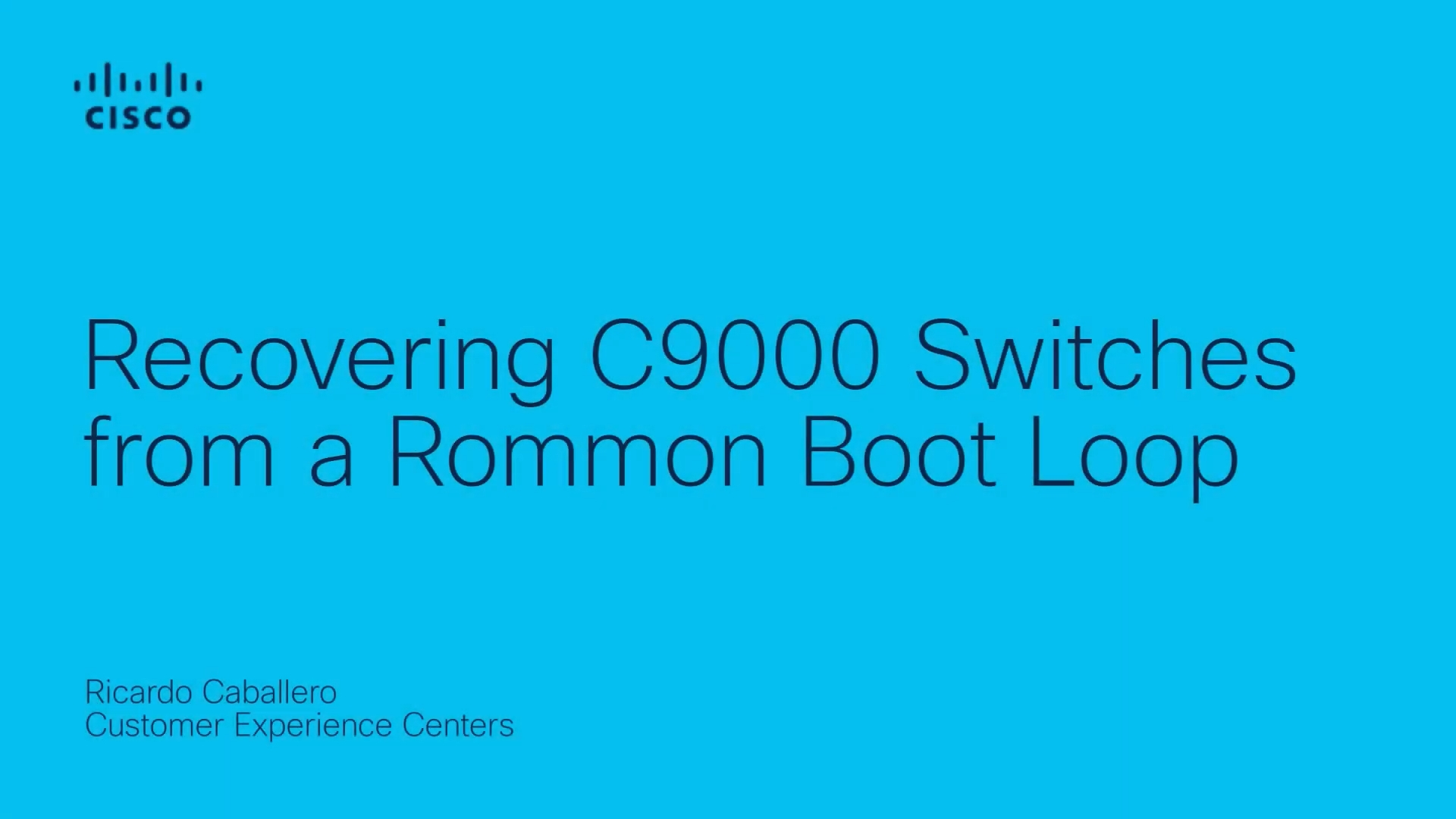
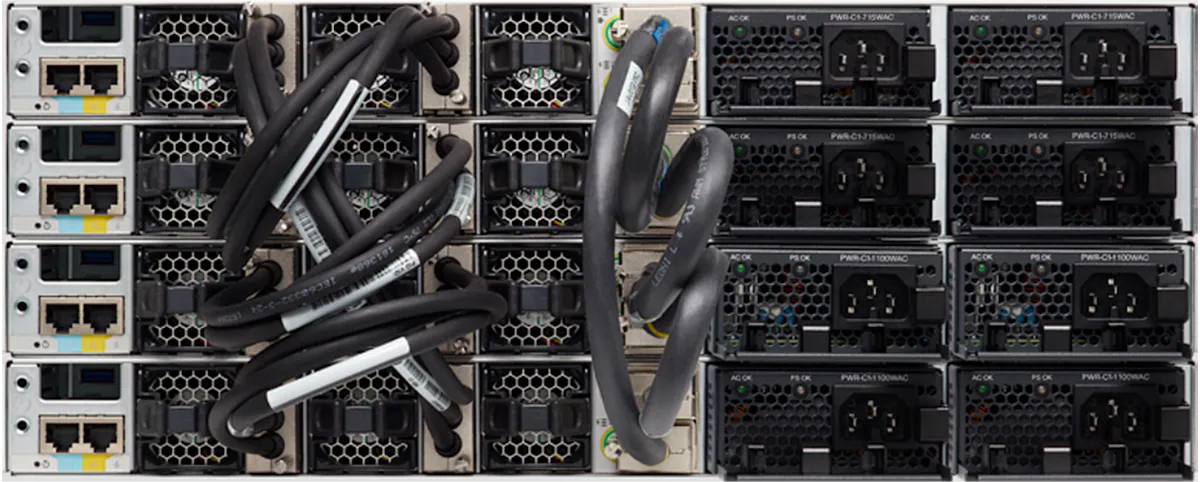
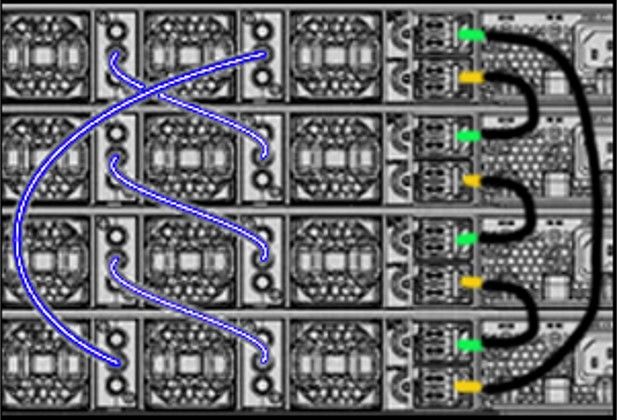

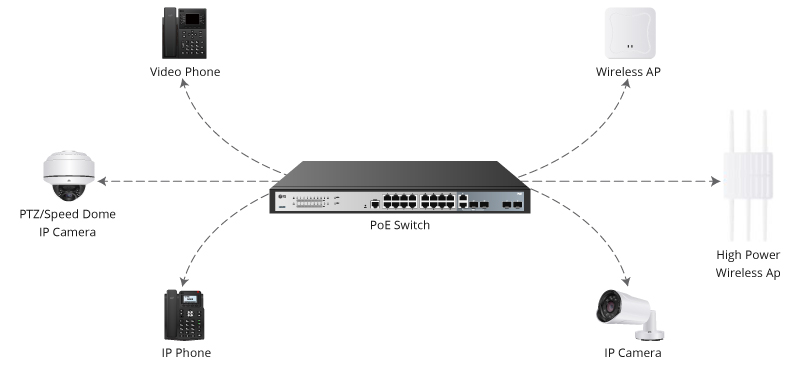






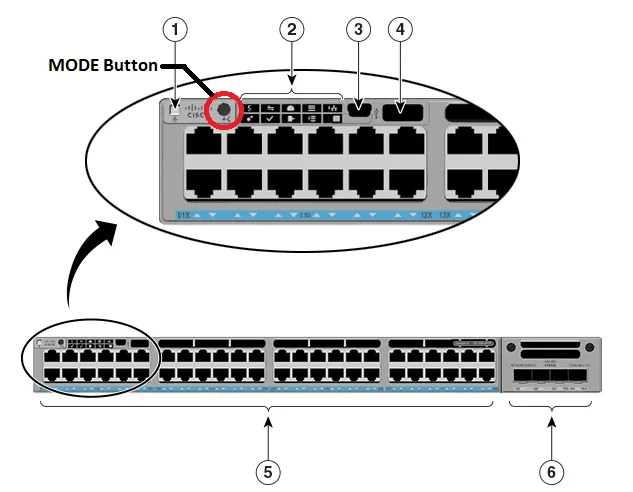
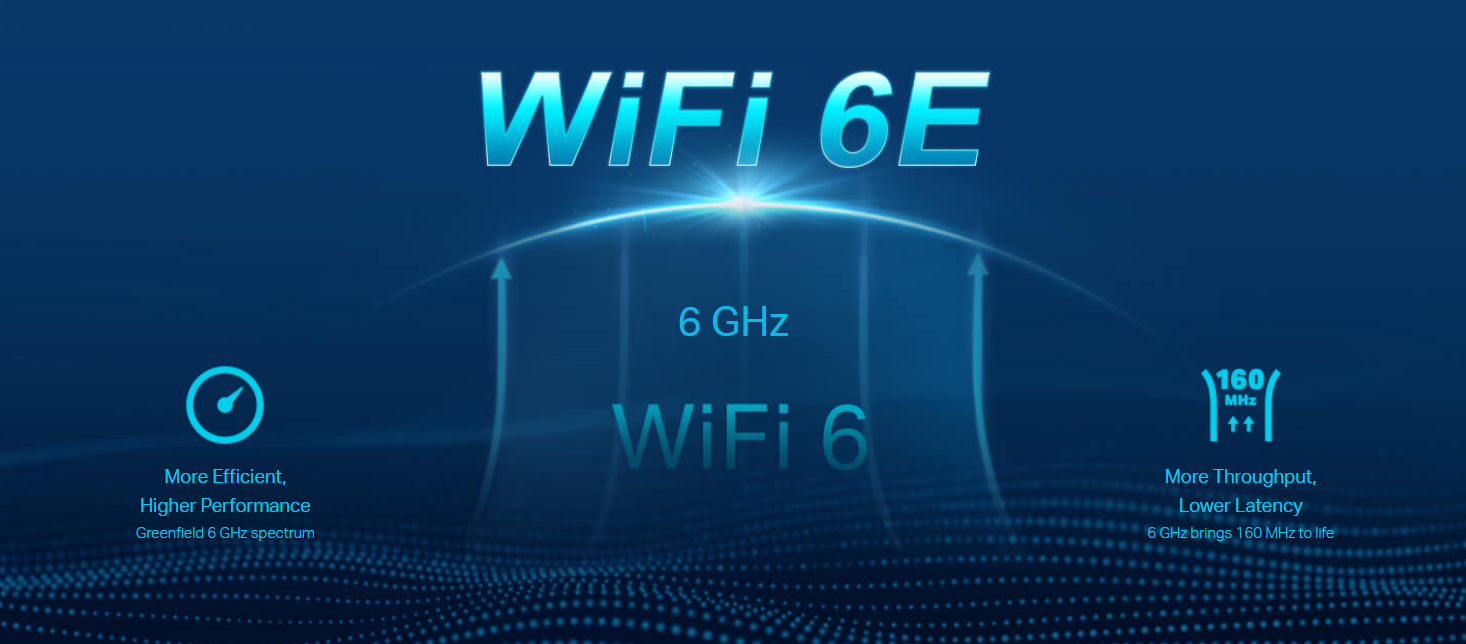



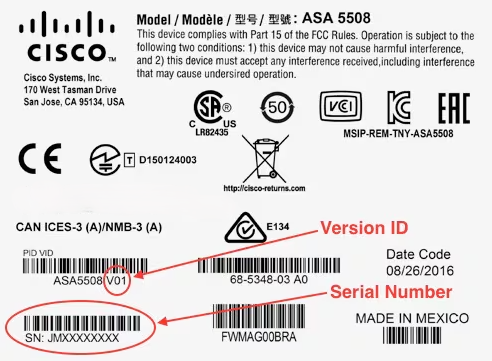
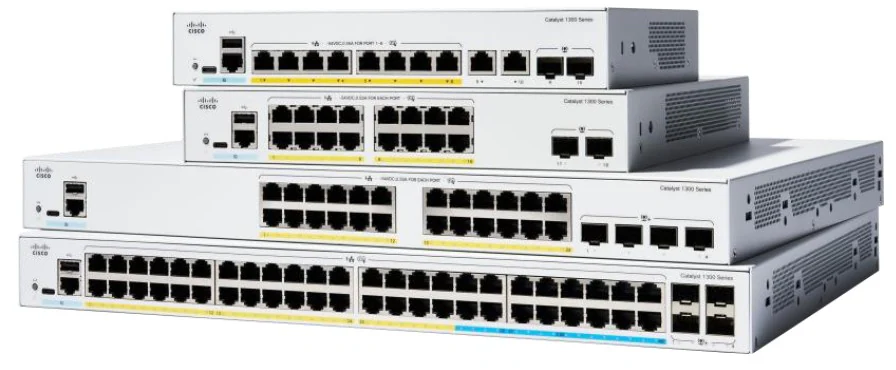


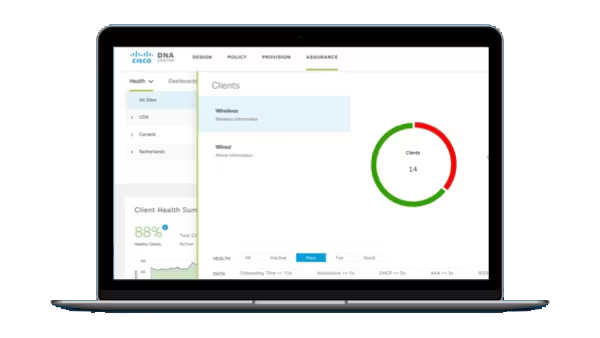
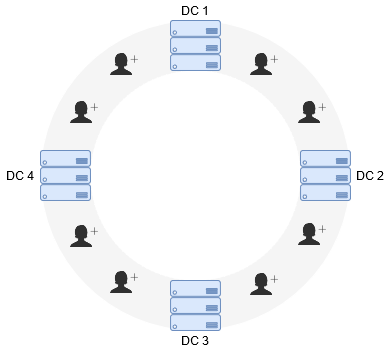
Things don't always go as planned for your employees, especially remote workers. They may not be able to login to their accounts, have forgotten their password, are unable to access an application or are facing connectivity issues.
While there are many benefits of help desk tickets, there are also hidden costs. When tickets start to pile up, as they have done since the rise of remote work, that means a high volume of tickets to address, long wait times and slow resolution time. If a worker can't access an application while they wait, then they are unable to do their job. As they wait, which can sometimes take hours or days, these employees face frustration and friction.
On the other end, if the IT team is spending all day putting out fires and answering tickets, they have limited ability to make progress on strategic initiatives, such as IT modernization projects. This becomes not only burdensome to an organization but also expensive.
One way to reduce help desk tickets is to implement technology solutions that make access easy for end users. Consider a remote worker who needs data from their organization's Customer Relationship Management (CRM) software to do their job. First, they have to access that application and then they have to login before they can get to work. That seems easy, but there's a lot going on to make sure that access is quick, seamless and secure.
Since this is a remote worker, the first challenge they would have to overcome is whether they need a Virtual Private Network (VPN) or not. If that person does not start their VPN client, and they try to access an application that requires a VPN, they will get an error but not necessarily know why they got that error. This prompts more help desk tickets.
When accessing applications with Cisco's Secure Access solution, remote workers no longer have to guess whether they need to turn their VPN on. Instead, Secure Access automatically determines, behind the scenes, how to securely connect the user to the application. Secure Access utilizes Zero Trust Network Access (ZTNA) for modern application connections and VPN-as-a-Service for applications that are not compatible with ZTNA such as older, legacy applications.
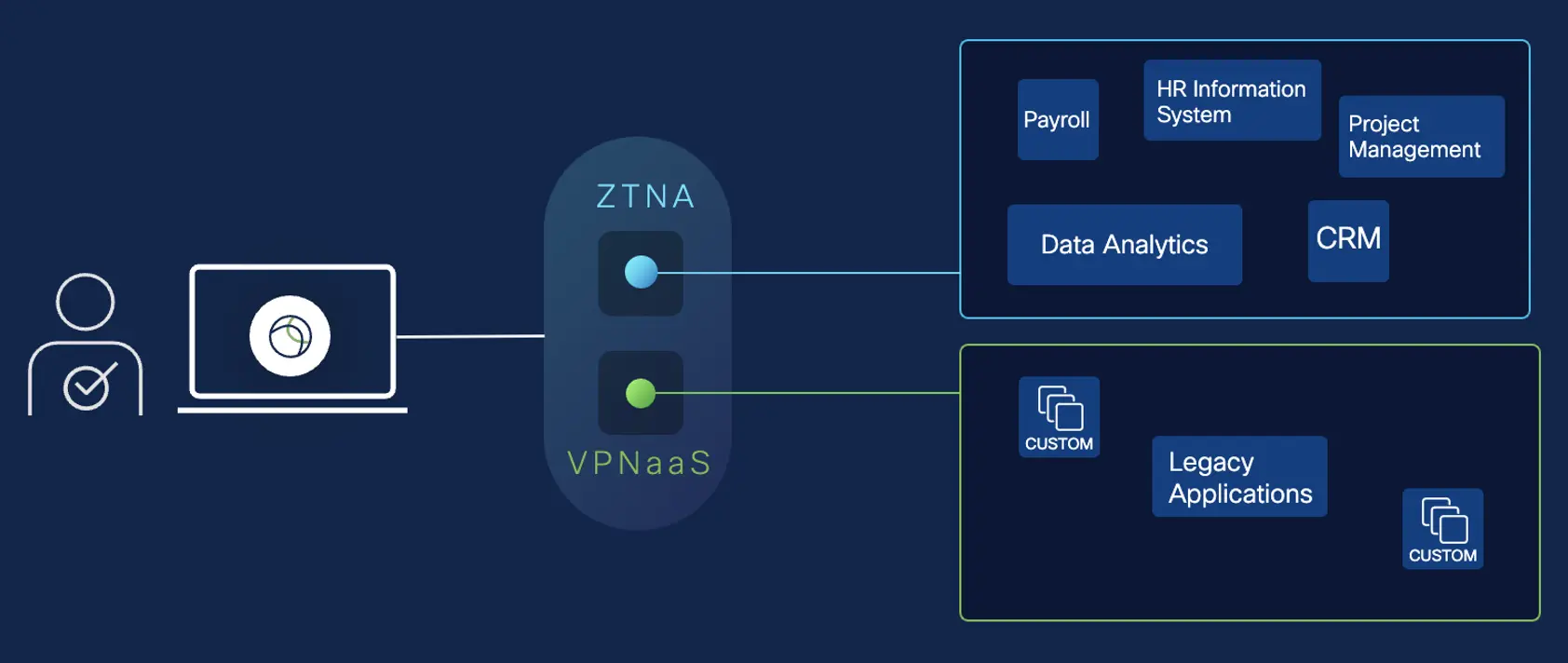
This helps organizations improve their security posture by decreasing reliance on the VPN and follow the principle of least-privilege access, all while improving the end user experience. Ultimately, end users do not know (or care) what protocols an application uses, they just want to get to work. And by improving the user experience for remote access, this proactively reduces the creation of help desk tickets.
However, sometimes help desk tickets are inevitable if users are unable to connect to an application or the connection is slow. That's where Secure Access Digital Experience Monitoring (DEM) comes in. Powered by Thousand Eyes and natively integrated in the Secure Access dashboard, the DEM functionality monitors health and performance of user application access, including endpoint, network and application performance. This enables IT to reduce their meantime to resolve and gets users back to work quickly.
Once a user makes it to the application and the webpage has loaded, then they have to put in their credentials (username and password) and complete multi-factor authentication to login. This can be another moment where users request help. If their device is not compliant with the organization's policy and their login is blocked, their identity solution might simply state, "You cannot access this right now," without any additional explanation.
At the login moment, Cisco Duo is able to check the status of the device (should this device access this application?) and check the health of the device (does the device meet the requirements to access this application?). If the answer to either question is "no," Duo gives clear directions to tell a user how to remediate the issue, so they can solve the problem themselves with no help desk ticket. Since most users do not know (or care) about device policies, they can follow the directions and get back to work.
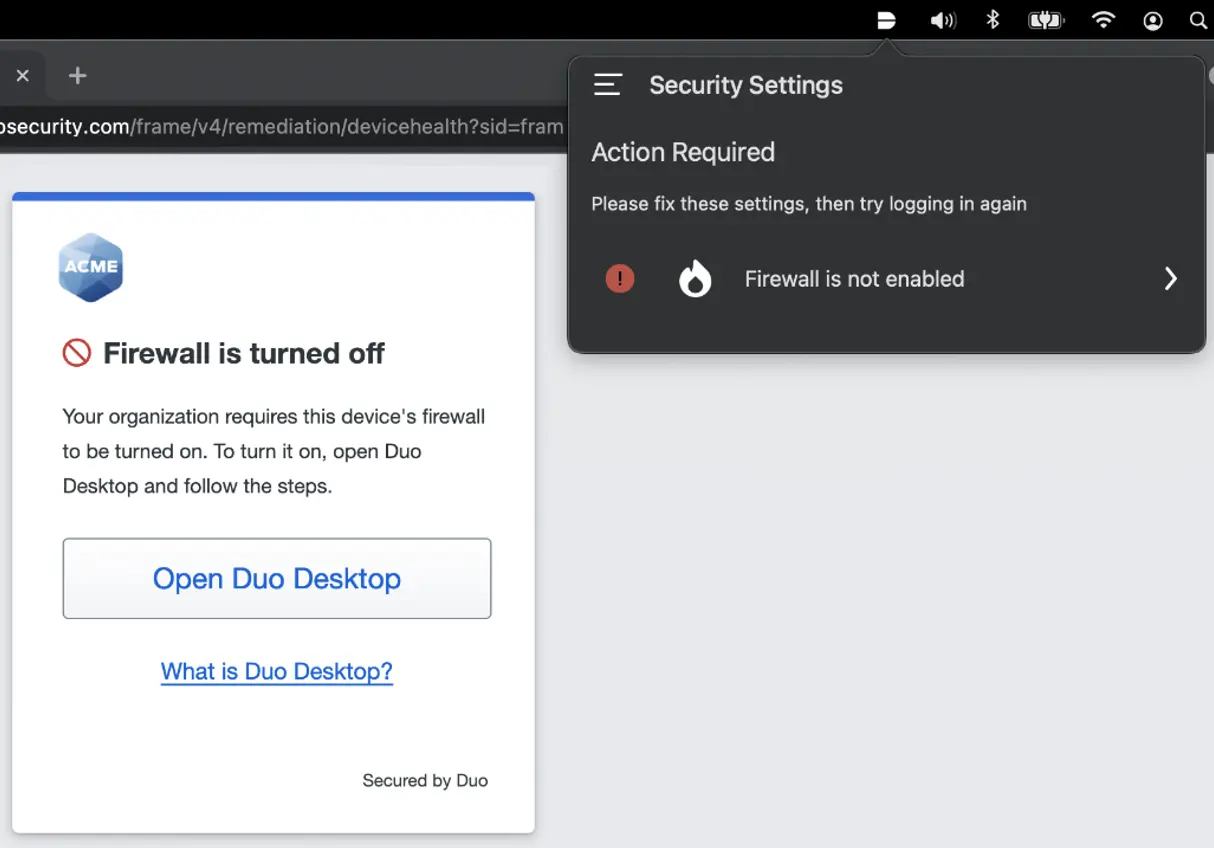
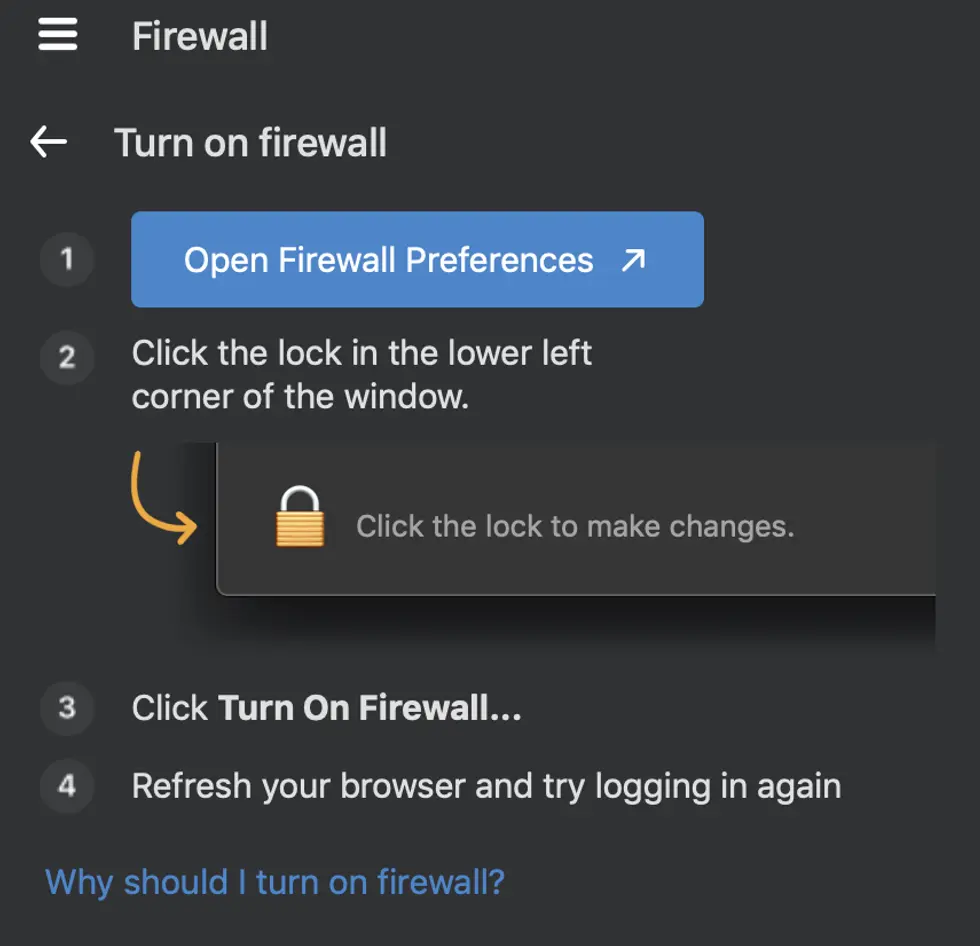
Customers who are using Cisco's User Protection Suite tools have seen the positive impact of reducing help desk tickets, and the burden on the IT team. Cisco customer and real estate investment company, Artis REIT, recently began deployment of Secure Access across their organization and saw, "an over 50% reduction in VPN-related help desk tickets." Since users were able to seamlessly access their applications, users were no longer faced with an error for forgetting to turn on their VPN. And then didn't have to reach out to the IT team for help.
Within Cisco, we use our own User Protection tools to secure our users. Duo protects over 100,000 users at Cisco and performs 5.76 million health checks. Cisco has found that users self-remediate 86,000 devices per month, which is estimated to save$500,000 annually in IT help desk costs and save$3.4 million in employee productivity costs.
Overall, help desk tickets are an important tool to enable organizations to operate. But if you make access simple for users, they can help themselves. That maximizes your IT team's time, increases your employees' productivity, and saves your organization money. To learn more, talk to a User Protection Suite expert today.
We'd love to hear what you think. Ask a Question, Comment Below, and Stay Connected with Cisco Secure on social!
 Горячие метки:
Cisco Secure Access
Cisco Duo
Cisco User Protection
Горячие метки:
Cisco Secure Access
Cisco Duo
Cisco User Protection